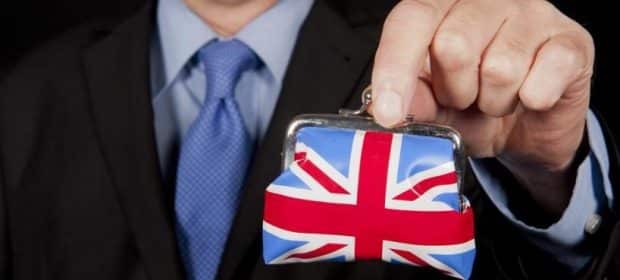Some of you, like me, might have woken up on Friday and after hearing the election result felt utterly depressed. Irrespective of how the vote could or should have gone, or who you may have voted or wanted to vote for, this result will seriously affect the Brits living in Europe. Brexit is now more likely than ever, so what does this mean for us? Well luckily, there is someone who is somewhat of an expert on the matter, Professor Sébastien Platon, Professor in European Law at the University of Bordeaux and incidentally my husband! Over breakfast I asked him a few questions.
So, what now?
The British parliament must first pass the EU (Withdrawal Agreement) Bill, and then they have to agree on the Withdrawal Agreement itself. Given that the Conservatives now have a majority it is likely to be passed. Either later or at the same time, the European Parliament also has to agree on the withdrawal agreement. If all of this gets done by the 31st January, Brexit will happen as planned. If not, the UK will have to request ANOTHER extension which would have to be agreed by the other 27 member states.
During the transition period are all European rights maintained?
Apart from the right to vote and run as a candidate in EU elections and municipal elections, the right to participate in European citizens’ initiatives and the UK’s right to vote on EU laws, all rights, including the right to free movement, are maintained during the transition period.
Does a British citizen who has not yet settled in France still have the right to do so after 31st January?
Yes. Up until 31st December 2020 all British citizens can come and settle in the EU. After the transition period, those who have established residency in the EU and wish to bring their family members (spouses, partners, direct descendants under 21 or dependent, direct relatives in the ascending line) to live with them can still do so.
Can the transition period be extended?
Yes, if the UK and EU agree to extend the transition period. But, unlike the Brexit extensions, they cannot ask for an extension the night before the 31st December 2020. A decision has to be made before 1st July 2020 extending the transition period for up to 1 OR 2 years. British citizens would therefore have until the end of the transition period (or extended period) to settle in the EU.
What about healthcare?
During the transition period, the EU social security coordination rules will continue to apply. The British who reside in France (or any other member state) and are in the UK health system but not the French health system can continue to benefit from this health cover as normal. After the end of the transition period, these rules will continue to apply to:
• UK nationals subject to the legislation of a Member State at the end of the transition period,
• UK nationals who reside in a Member State while being subject to the legislation of the UK at the end of the transition period,
• UK nationals who pursue an activity as an employed or self-employed person in one or more Member States at the end of the transition period and who are subject to the legislation of the UK,
• Their family members and survivors
These persons will be covered as long as they continue, without interruption, to be in one of these situations involving both a Member State and the UK at the same time.
What about pensions?
For the persons I’ve just mentioned, the time worked in the UK will count towards an EU pension and inversely any time spent working in France would contribute towards entitlement for a UK pension should they wish to return to the UK when they retire.
Do we need to apply for cartes de séjour?
During the transition period you do not need them. After the transition period each member state has the right to require UK citizens to apply for a new residence status, the sole purpose of which is to verify whether the applicants meet the conditions set in the withdrawal agreement. If they do, they have a right to be granted the residence status and the document evidencing that status (which will NOT be a “carte de séjour”). The French administration cannot refuse this status if you meet the conditions. The deadline for submitting the application shall not be less than 6 months from the end of the transition period. The host State has to ensure that any administrative procedures for applications are “smooth, transparent and simple, and that any unnecessary burden are avoided” with applications being “short, simple, user friendly and adapted to the context of” the agreement. Only once the agreement has been ratified will we know if and how the French Government wants to proceed on the matter.
Whilst I do not agree with Brexit and wish things had happened differently, at least after four years of uncertainty there may now be some progress. The pound bounced back up on Friday and this election result is likely to have a positive impact on the markets and portfolios.






